As I mentioned in the thread about Efficient Digital Cycles (EDCs), I recently re-watched Power Licks and Power Solos in preparation for a thread on the fretting postures and strategies I use in my playing. The thread on EDCs is here for reference:
My discovery of EDCs was by far my biggest takeaway, but as mentioned in that thread, I have other observations and thought’s that I’d like to share here.
First, I reflected more upon Shawn’s pick grip, which I’ve demonstrated here:
I’ve used this grip for years, and I have always felt that this grip allows for my fastest possible picking speeds. I think what really makes this grip so effective is that it simultaneously limits available pick depth while allowing for extreme edge picking angles. The grip acts as a natural depth gauge while picking, minimizing pick depth while still ensuring effective contact with the string. The extreme degree of edge picking allows the string an easy release from the pick during the picking movement.
If I try to pick with this grip using a standard sized pick, it feels like I’m walking around in clown shoes. I struggle to make an effective picking movement and the rounded point just rubs uselessly back and forth along the string I’m trying to pick.
Consider these pictures, and notice the minimal pick depth available
It’s notable that the maximum pick depth available is about 1mm. Shawn picks close to the bridge pickup when playing fast picking licks/patterns. As we fret notes, the fretted string dips beneath the plane described by the other strings. The amount the string moves below the plane is variable and depends on the fretted note. The dip is greatest at the fret and and negligible at the bridge. Picking near the bridge minimizes the unpredictability introduced by this factor. Also, a ringing string is displaced from its neutral position a lesser amount near it’s endpoints, further reducing the unpredictability of picking a vibrating string.
Let’s consider a little geometry now, this should be familiar to most here. You’ve seen calculations like these in CTC material before.
We notice that as the pick depth decreases, the angle required of picking plane (the pickslant) relative to the plane of the strings diminishes, and the radius of an effective crosspicking movement increases. Further, lesser rotations are required to re-orient the picking planes when switching between USX and DSX motions.
The slant angles and crosspicking radii required when pick depth is kept below 1mm are practically invisible. Based on the slow examples in Power Licks where the pickstrokes are clearly visible, I believe that Shawn’s wrist mechanic was always slightly curved.
As has been noted before on this forum, most of Shawn’s picking patterns conform to USX, as is evident based on the changing of strings after upstrokes or with ascending sweeping. There are however, a few patterns where Shawn utilized DSX or two-way escapes.
In particular, the descending sixes pattern and the descending fours and fives pattern both begin on upstrokes, and the picking follows the typical USX strategy. In watching Shawn play these patterns, it appears that the angle of his pickslant remains essentially constant throughout.
The ascending sixes pattern, however, begins on a downstroke, which would conform to DSX. It’s observable that Shawn actually has a small redundant rotation of the picking plane from a DSX plane to a USX plane in each group of six while playing this sequence.
-------------|-------------|
-------------|-------------|
-------------|-------------|
-------------|-------6-7-9-|
-------6-7-9-|-6-7-9-------|
-6-7-9-------|-------------|
d u d u d u d u d u d u
While Shawn could pick all six notes of this pattern, he frequently hammed the the 2nd and 3rd notes, reducing the picking difficulty significantly.
-------------|-------------|
-------------|-------------|
-------------|-------------|
-------------|-------6-7-9-|
-------6-7-9-|-6-7-9-------|
-6-7-9-------|-------------|
d h h u d u d h h u d u
Perhaps more interesting are the patterns where he plays ascends with descending sixes and ascends with descending. The descending sixes still begin on an upstroke, and the ascending sixes still begin on a downstroke.
Ascending with the descending sixes pattern
-------------|-------------|
-------------|-------------|
-------------|-------------|
-------------|-9-7-6-------|
-9-7-6-------|-------9-7-6-|
-------9-7-6-|-------------|
u d u d u d u d u d u d
Descending with the ascending sixes pattern
-------6-7-9-|-------------|
-6-7-9-------|-------6-7-9-|
-------------|-6-7-9-------|
-------------|-------------|
-------------|-------------|
-------------|-------------|
d u d u d u d u d u d u
Again, Shawn can pick every note of these patterns, but often includes hammers to reduce the picking complexity.
A natural question then, if Shawn’s picking was primarily USX, why play ascending sixes beginning with a downstroke? The ascending sixes pattern, beginning with an upstroke exactly fits the USX methodolgy, but Shawn doesn’t play it that way.
I think there are two reasons for this. The first is that playing ascending sixes with DSX allows him to turn around to descending sixes with USX as described below:
-------6-7-9-7-6-------|
-6-7-9-----------9-7-6-|
-----------------------|
-----------------------|
-----------------------|
-----------------------|
d u d u d u d u d u d
[ DSX ]r[ USX ]
The second reason, is that Shawn had a strong preference for outside string changes. In fact, in the picking sequences Shawn demonstrates, every string change either exactly fits the USX approach, or it’s an outside change. Even within USX, Shawn had a preference for the ascending sweep and allowable outside change than the allowable inside change. Actually, the allowable inside string change appears primarily is his 2 note per string pentatonic playing.
It is my belief that this is strongly indicative of systematic swiping.
The Jorge Strunz footage has shown us that it’s possible to have (almost) imperceptible systematic swiping mechanics. Though Jorge has different mechanic to Shawn, there are distinct similarities between his grip and Shawn’s, both sharing shallow pick depths and a severe degrees of trailing edge picking.
I believe that as Shawn began to play faster, his body tried to further reduce the amount of rotation of his picking plane and to further flatten any curvature of his wrist based picking movements. These movements, though possibly still present at high speed, would be insufficient to clear the strings on string changes, but would further reduce his picking depth, resulting in an imperceptible swipe.
Shawn’s pick attack was usually quite soft due to the shallow pick depth and the severe edge picking. With a further diminished pick depth, I believe that swiped string changes, would be imperceptible, even swipes through two strings.
Systematic swiping explains a further inconsistency. We can deduce that Shawn primarily utilized USX and most of his picking patterns reflect this. However, I have believed for some time that at his fastest speeds, Shawn switched to an elbow driven picking movement. I’ve made a case for that before, in this post:
An elbow driven picking movement should not be compatible with USX patterns; as far as we understand, the elbow simply doesn’t do USX. @Troy has discussed this.
However, if the picking plane is essentially flat, with no slant at all, we can still perform ascending sweeps and swiped outside string changes. That is, systematic swiping allows for USX patterns which do not involve the allowable inside change to be played with an elbow driven movement. While there would now be no diminished pick depth due to incomplete plane rotation or over-flattened crosspicking, a constant, shallow pick depth could be maintained. At the speeds where the elbow mechanic would kick in, I doubt that any increases to swiping noise could be heard at all.
The other thing I really noticed while watching Power Licks and Power Solos again, is a lot of acoustic noise that is not present in the amplified guitar sound. This can’t be pick attack, we’d hear it in the amplified signal and we just don’t. What’s making this noise, as far as I can tdeduce, is the fretting hand fingers causing strings to vibrate between the nut and the fretting finger. Essentially, every note played at high speed was hammered.
Shawn demonstrates licks/patterns utilizing both descending hammers and hammers from nowhere elsewhere in the video. Since the fretting fingers have a definite, hammering action, that hammering action provides a landmark for synchronization between the fretting hand and the picking hand on almost every note played. Further, if the picking hand were to whiff, and miss a string at any point, the hammering action would likely cause the note to ring out anyway.
Lastly, this was the first time I have ever watched Power Licks & Power Solos and felt that everything demonstrated was achievable for me. I can move my fretting hand that fast. Most days, I now have a picking movement (from Shawn’s grip) which I can get to that speed. I can play some of the licks/patterns at full speed or close to it. Some quite well, some not fully clean yet. I understand the construction the fretting sequences in terms of EDCs and I understand the picking sequences.
Some of Shawn’s fans believe that he was somehow physically exceptional, and that the level he achieved was unattainable for the rest of us. I think this is too convenient. I think it’s an excuse. I think that by understanding the mechanics he discovered intuitively, the rest of us can perform those same feats. Moreover, I believe that we can deconstruct his playing, and maybe even use the lessons we learn to take what he did even further.
Tom.

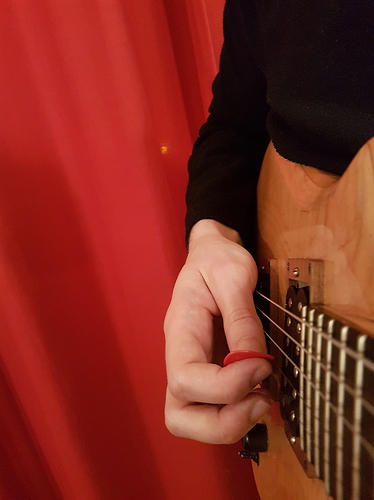
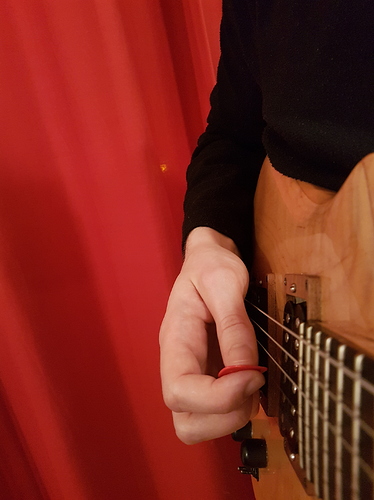
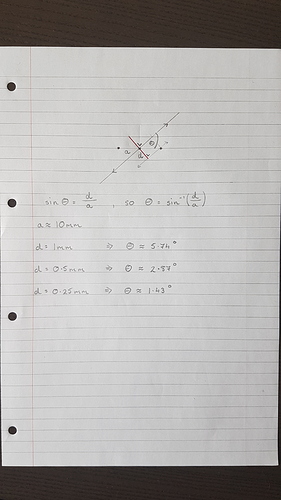
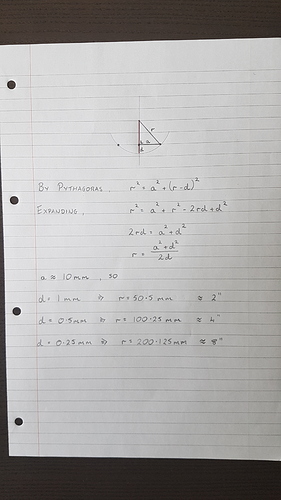





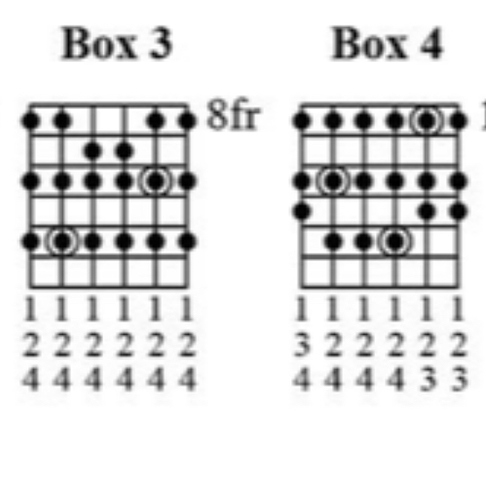
 I always enjoy reading your thorough posts and looking forward to purchasing your book!
I always enjoy reading your thorough posts and looking forward to purchasing your book!